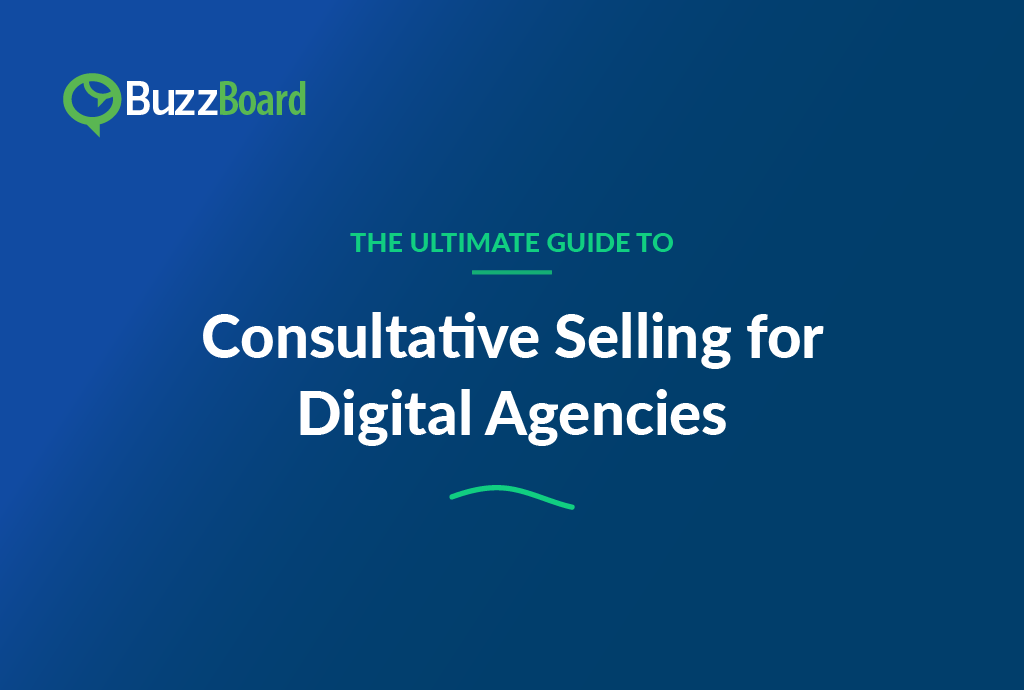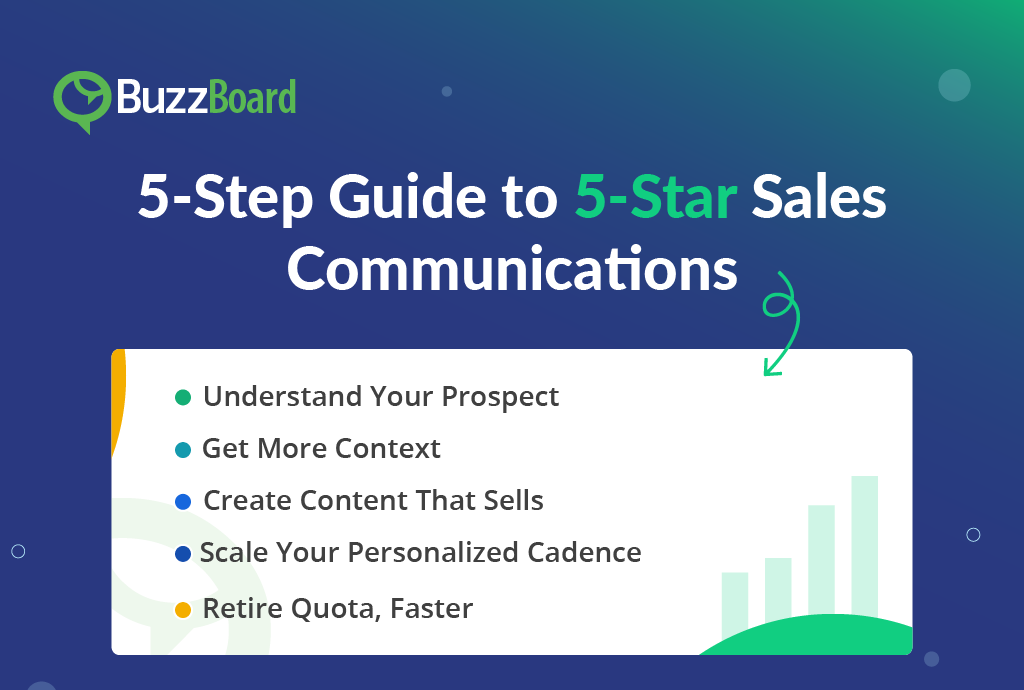Introduction
Any business strategy is designed within the context of the future of a company; a strategy defines what you want the company to look like at a future point.
For example, you can craft reasoning and logic as to why you consider, today, certain small to mid-sized businesses, future customers. Mindfully segmenting potential customers in the present day is a key step in making those prospects customers at some point in the future. We call it the “each segment is a strategy” approach.
Each Segment is a Strategy
Following the approach of “each segment is a strategy,” you can start crafting reasoning and logic as to why you consider some SMBs to be future customers. Your logic can also extend to why they should be your customers right now.
The logical reasoning behind how you find future customers in the current market is how each segment becomes a strategy. By asking questions like, “Who?” and “Why do they need our products and solutions?” and “What signals reflect the customer’s reasons and motivations?” the strategic logic can be determined. With answers to these questions – verified and backed by data – you have a narrative, or a story, about the businesses that inhabit each segment.
Segmentation tells a better, more complete, story and ultimately improves the effectiveness of a business strategy. Identifying each segment then, is essentially, building a strategy around each one.
Segmentation tells a better, more complete, story and ultimately improves the effectiveness of a business strategy. Identifying each segment then, is essentially, building a strategy around each one.
Verifying the Strategy
Any coherent strategy must be backed by logical reasoning and soundness. When you craft a strategy, it beckons into the future with a proposed, logical, execution of a strategic plan, based on a set of assumptions. Both of these must be challenged and verified, in two steps. The first step is to verify that the logic makes sense, and then, verify that the assumptions are correct.
I recommend starting the verification process optimistically – assume your assumptions are correct and verify the logic first. For example, in defining your target market, assume the signals you select are related to your ideal customer profile and future customer base.
By verifying the logic first, you can focus on the effectiveness of your targeted efforts to attract prospects that will hopefully turn into long term customers. If the logic is true and you are confident in your client acquisition tactics, you are ready to move on to the next step, verifying your segmentation assumptions.
During the verification process, each assumption should be broken apart and validated, starting at its most minute point. Verifying assumptions will lead to tweaking the logical strategy, but the same overarching goal will never be changed based on the results of assumption verification.
Invalidation is often more critical than validating a particular existing aspect of the plan. In order to validate what you want, you have to invalidate all of the alternatives. Invalidation means that you are closer to what will work.
Validation of assumptions is analogous to small-sample experimentation and serves as a final verification of the strategy before the initiative is implemented throughout the entire company. Segmenting target businesses makes this validation process easier. The more you microsegment, the closer you are to validating specific assumptions, ensuring you have a sound strategy, and that your results are valid.
By fragmenting your target prospects into small segment groups you can make your assumptions and verification process more specific, accurate, and ultimately, successful.
By fragmenting your target prospects into small segment groups you can make your assumptions and verification process more specific, accurate, and ultimately, successful.
The more you are able to break your goal into smaller segments, and then keep validating that, the easier it will be to adopt your strategy to a larger scale as it grows.
Finally, don’t neglect to periodically revisit your strategy and assumptions. Continually refining a business strategic plan over time is inherently successful because it continually improves and progresses your approach.
Backing the Strategy with Data
I believe that at the root of all successful strategies, a company must start in the future. Imagine a future where you reach your target growth of customer acquisition or you reach the ideal future landmark for your company, then ask yourself, “Who are those customers?”
Many unsuccessful strategies will immediately disregard this question, but in reality, if you do not know who your ideal future customer is, it is extremely likely that those customers do not know you.
So your strong assumptions must start in this experimental process of determining who your future customers will be. Next, you must focus on growth and scaling this ICP. If you can find a segment where your message is resonating, your strategy is accurate, you just need the data and leads to execute it.
If you target small to mid-sized businesses, you could go to traditional data providers and they may give you a piece of your ideal customer profile, but they will never be able to deliver the realities of specific segmentation. This is where BuzzBoard comes in, because we are built with the intention of helping our customers identify their future customers using digital footprints.
Traditional firmographic and technographic signals are no longer enough to fulfill any acquisition strategy, but with BuzzBoard you can start at the top of digital segmentation and work your way down to specific contacts. BuzzBoard has honed in on this particular need which is underserved, and made it more easily accessible to our customers.
Experimentation
As you proceed with your Each Segment is a Strategy approach, start thinking of strategy through the lens of experimentation. In every company, strategic planning should not just be an annual occurrence, but an ongoing practice.
Make planning more personal, break down suggestions and internal opinions on the direction of the company’s strategy. Ask everyone to share why they are motivated to make their bet into the future of the company and seek explanations of the individual’s logical reasoning.
Tactically, break the suggested strategies into smaller components or assumptions. Internally, the company needs to create experiments around each of those assumptions. Some will prove to be correct, while others will be invalidated.
Through this iterative process, invalid assumptions can quickly be replaced in the strategic system. The more you are able to experiment and center your focus on the associated problem, the more sound your strategy will be. Employees are often too quick to disregard the strategic plan of a business, instead of facilitating a productive argument by asking “What is wrong?”
Conclusion
We typically learn in marketing that the segmentation exercise is about finding commonalities among discrete groups of target customers, and while this is true, it’s also true that segmentation is also a strategic exercise that paints a picture of the desired state of your business. When you segment your customer base, and develop messaging that appeals to those affinity groups, what you are really saying is, “I want these groups of businesses to be my customers.”
To know the “Who?”s and “Why?”s of the target businesses that comprise your segments, is to know their story. To have more data about those businesses is to know more of their story, and to have greater confidence that you have correctly captured their story.
And when you know the entire story of a business, you will have so many genuine stories to share with your prospects about their success, this will give you the opportunity to become one-in-a-million instead of one-out-of-a-million.








